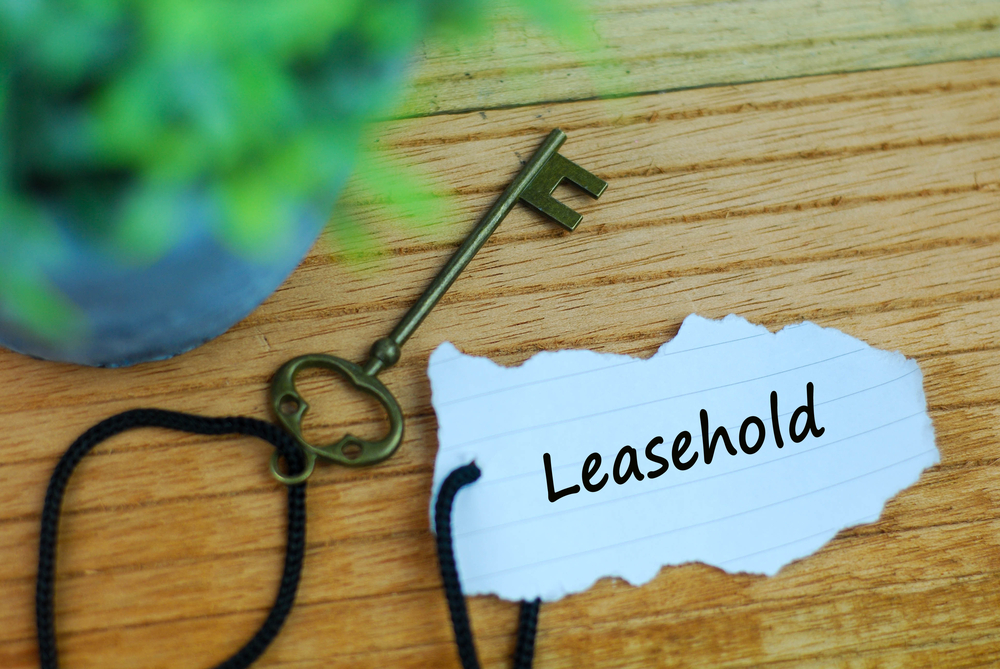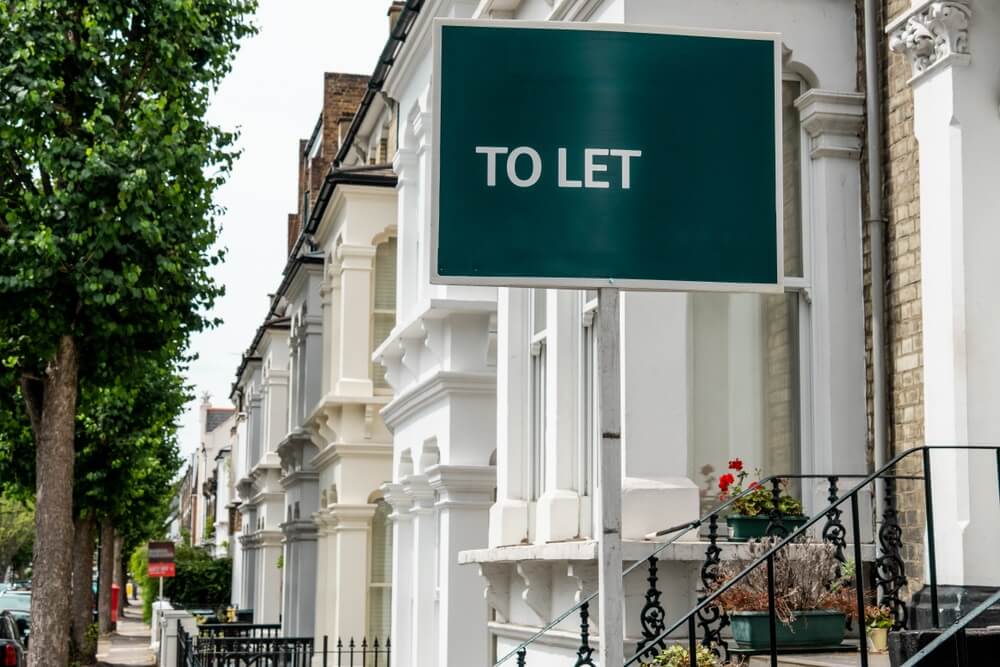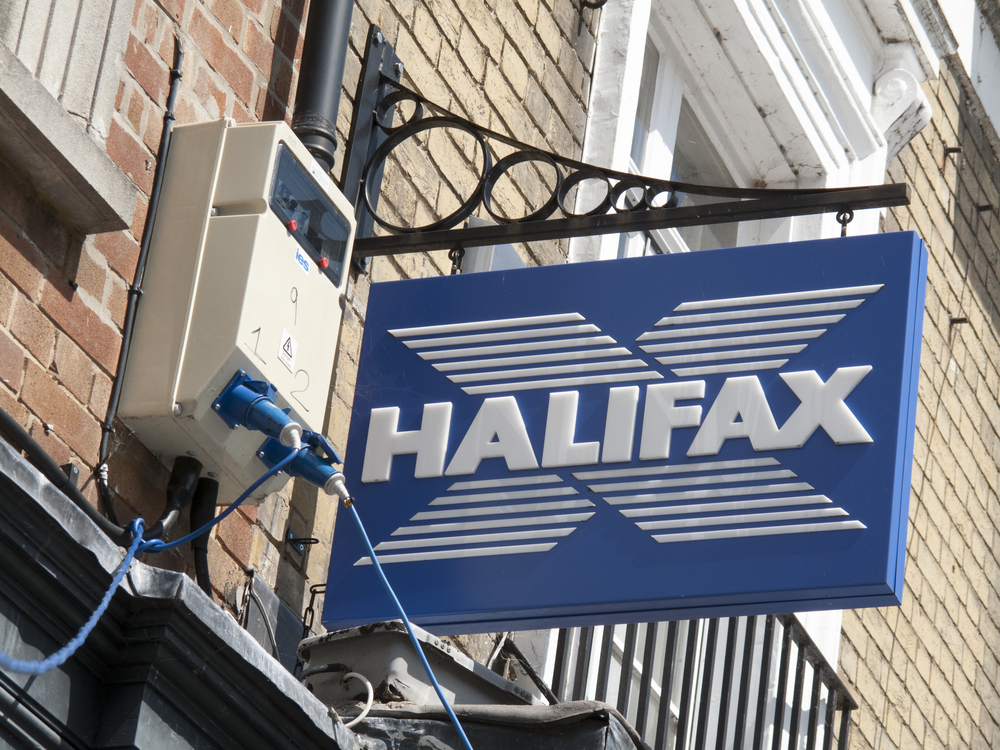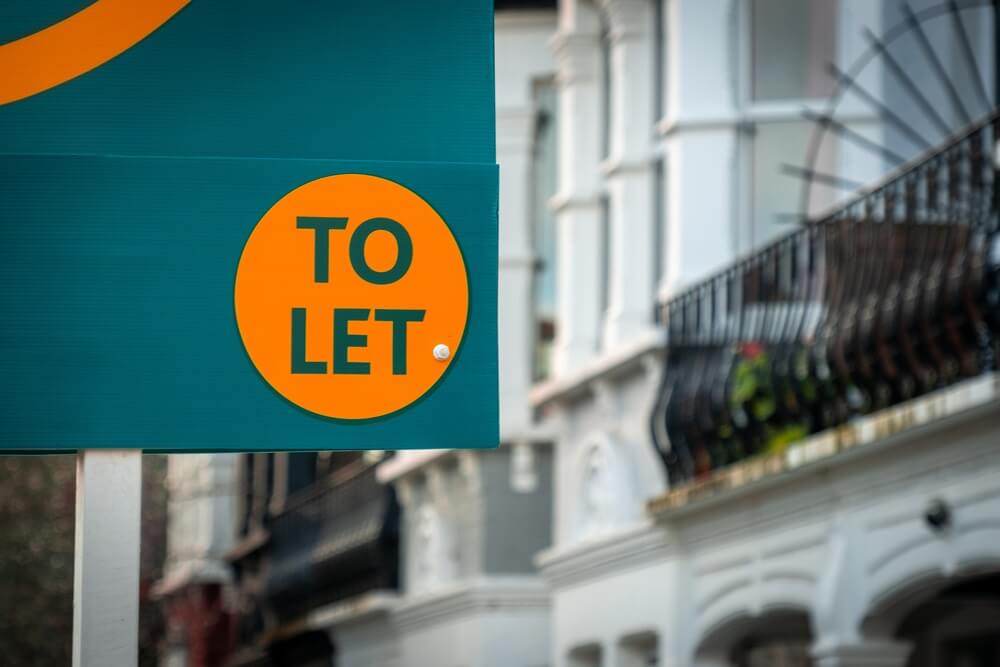[col type=”one-third”]

Our property investment expert is Jeni Browne, Sales Director at
Mortgages for Business
www.mortgagesforbusiness.co.uk
Tel: 0345 345 6788



[/col]
[col type=”two-third last”]
Question
Void periods – what can I do?
I am having trouble finding a new tenant for our buy-to-let property. The current occupiers are due to move in less than a month and we aren’t getting much of a response from potential tenants. What is the longest ‘void’ period a lender will allow and what should I do if interest does not pick up?
Answer
I don’t think that lenders have a maximum void period per se, but the property does need to be insured so you will need to speak to your building’s insurance provider and check how long they allow the property to be empty before the insurance policy becomes void.
In terms of what to do if interest does not pick up, perhaps consider engaging a (or changing your existing) letting agent. Also, do some research to check that your required rent is in line with your local market.
[hr style=”single”]
Question
Remortgaging to long-term rate
I have noticed there are lots of longer-term fixed rates available at the moment. I am due to come to the end of a two-year fixed rate deal for my buy-to-let and am considering fixing in for a longer period (maybe seven years) in case the interest rates starting going up. What are the pros and cons of this approach? Which deals are currently the most popular amongst other landlords?
Answer
The main pro of taking a longer-term fixed rate is the certainty you will have for that period (and with Brexit looming, the next few years could be bumpy!). You can be sure that no matter what the base rates are doing, your monthly payments will remain the same. The other main benefit is that you don’t need to pay fees for a new deal in two years.
The cons are that longer-term fixed rates tend to cost more than their shorter-term counterparts and that if rates don’t go up then you could have been better off on a two-year deal. Anyone got a crystal ball?! You would also need to consider the cost of Early Repayment Charges (the ERCs) should you decide to sell the property during this time. A lot can change in five to 10 years.
Most of our clients are opting for five-year deals just now – there are very few seven and 10 year fixed rates in the buy-to-let world, so those that are available tend to be quite expensive by comparison.
[hr style=”single”]
Question
Moving into our buy-to-let property
We have a buy-to-let house in the UK which we have been renting out for five years while we lived in Singapore.
We are moving back to the UK very soon and we would like to move back into our UK property – temporarily – while we look for another home.
We plan to let the property once we have moved. What are the implications for our buy-to-let mortgage? Will we need to switch to a residential or is there some kind of ‘payment holiday’ period we can benefit from?
Answer
You would need to speak to your lender and find out whether they will allow you to reside in the property. Being very honest, I think that this is unlikely, and you will need to remortgage onto a homeowner mortgage.
In terms of a payment holiday, this is something separate entirely (it’s where your lender allows you to take a temporary break from making a payment) but this would not be linked to whether you live/rent out the property.
[hr style=”single”]
Question
Marriage break-up: Can we still be joint landlords?
My husband and I own a residential property and also a buy-to-let but we are now parting ways. We are selling the residential property and splitting the proceeds but we would both like to keep the buy-to-let as a way of earning additional income. Will our lender allow us to continue with our buy-to-let mortgage and is there anything we might need to consider?
Answer
I am sorry to hear about your separation. The good news is that there is no reason why you cannot continue with your buy to let, and aside from letting the mortgage lender know where you are living, the arrangement can continue as it is, untouched.
[hr style=”single”]
[/col]










 Buy-to-let
Buy-to-let









